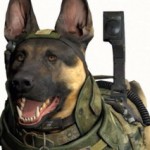
Let’s Put a Dog in Call of Duty
The recent reveal of the Xbox One by Microsoft was disappointing to many gamers to say the least. Sure, we didn’t learn anything in terms of specs for the machine, a price range, or a launch line up for the console’s release. Those we did hear about could be summarized as nothing short of consumer repellant. As of now, the future of Microsoft’s next all-in-one gaming device and media player is up in the air.
After all, what’s wrong with selling us a new machine that can do things we can already do with technology that we already own? While most dedicated gamers may despise Microsoft’s new approach, it’s still very likely that casual gamers who don’t browse internet forums on a daily basis will eat this up. However, if there was one part of Microsoft’s presentation that gamers seemed to enjoy, it was Colin.
Ladies and gentlemen…a dog
Infinity Ward gave the world some videos and images of the newest and most original character in their upcoming installment of gaming’s most popular current franchise, Call of Duty: Ghosts. Details are sparse; what we do know is that developers at Infinity Ward have been hard at work dealing with real life military canines to attain just the right motion capture to bring this pooch into the world of Call of Duty.
The yet-unnamed in-game German Shepard will be a companion to the player in the new Call of Duty’s campaign. This is the kind of dog that sniffs out explosives or locating enemy forces by scent. Man’s best friend has always had a penchant for police and military use, but this is intended to be more than just a Borderlands side kick. The in-game dog will be a true squad mate. The player will, over the course of the campaign, become emotionally attached to this canine friend. Call of Duty has never been the most emotionally-gripping series out there, but it’s nice to see developers trying to give their players something new.
There’s one aspect of this Colin business that rubs me the wrong way. And it’s not the dog in question. It’s not the idea to include a different emotional anchor in a game otherwise lacking player investment. Colin is just another concept created by an attitude in game design that I find highly questionable.
Hey! Look! Technology is happening!
Wow! Look at all the animation being put into this dog! The developers even put the effort into giving this character an ear tattoo (just like military dogs) and some scratches on the end of his snout (cuz this dog’s been through a lot). Infinity Ward’s intent with this rendering is to make a “realistic approximation of a Special Forces dog”. Sweet, huh? It’s interesting to render highly realistic things into video games, isn’t it?
Just look at this!
According to a French guy, this is the future of gaming.
This is a rendering of an old man’s face. The amount of tiny details in all his wrinkles and hair, the slight movements of his eyes, and the microscopic twitches of his muscles are pretty mind-blowing when you think about it. David Cage of the development team Quantic Dream presented this as a demonstration of the sort of detail that can be expected of Playstation 4 games. Do you think gamers fifteen years ago would ever have thought that they’d ever see games involving such highly-detailed objects?
David Cage is probably very proud of his creation. I bet he’s pumped to be creating video games with such engaging and human stories to tell. And good on him! There’s so much room for new ideas in this industry, so it’s good to see someone driven to create something unique.
But you see, folks, there’s something missing here. There’s something incomplete about Colin the dog in Call of Duty. There’s a vacant conceptual gap left in the very heart of David Cage’s CGI old man face:
Purpose.
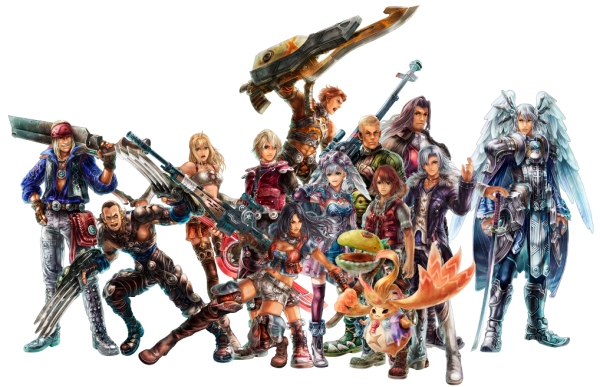
My friend was playing my copy of Xenoblade Chronicles this summer. He was commenting on some of the early cut scenes in the game when he made an interesting but flawed point. In the first act of the game’s story, the dialogue was sort of plain, and the animations of the characters were lacking in fluidity and realistic detail. There were a couple of shots were they looked like dolls floating in space. It didn’t look quite right, even if the animations improved in later cut scenes.
The thing is, I told my friend, that’s not all that important. Yes, the realism of the visuals may be gone, but the voice acting is so superb, the character designs are so solid, and the stories and personalities behind each and every main character in Xenoblade Chronicles is so fleshed-out and believable that the player gets drawn in. Hi-res renderings and shaders can’t accomplish that. These characters have soul. They have a place in a large world, and they have roles in this story unfolding before the player. We see Shulk’s anger to exact revenge on his enemies. We can feel Sharla’s maternal care over her endangered bretheren. We can hear in Melia’s voice her personal duty to protect her proud society. They all feel so alive! Yeah, these characters might not be as sexy as Final Fantasy heroes, but the cast of Xenoblade Chronicles are a wonderfully-designed cast for their own reasons.
This is what worries me about this next generation of games. Developers seem compelled to create detailed worlds for players to interact in, but on the whole, it seems as though people like Infinity Ward and David Cage have this whole art design thing backwards. There is this attitude that giving the consumer something pretty to look at will automatically equal an immersive game. The sad fact is that this couldn’t be more wrong.
People aren’t going to care about a dog if it has wonderful animations that look just like a real dog, or a few scratches on its nose, or whatever. People will actually care about this dog character if he has 1) personality, 2) a function in the main story, 3) an emotional tie to the protagonist that is explained and believable. This shouldn’t be too hard. I mean, dogs are a part of many families, mine included. But if Infinity Ward believes that they can place a dog into their campaign, have him follow you around for a few hours, and then kill him off and pretend it’s a tragedy (come on, the chances of him dying are pretty good), then they have another thing coming. People won’t feel connected to a computer image if all you do is tell us we should.
Similarly, the idea that we’re supposed to find a floating CGI head to be sympathetic and human on its own is laughable. How about some context? Who is he? What’s his story? Where does he come from? What has this old man seen in his life? What role does he have in whatever medium he’s in? That, Mr. Cage, is what makes your creations emotional and real. Not pixels upon polygons upon pixels.
You can take as much motion capture of Ellen Paige as you want. None of it means anything if that character is flat and has no purpose. This trend in rendering and animating worlds and people as an end instead of a means of player immersion is backwards and silly.
Those textures and nifty futuristic architecture might catch our eyes. And good design has its own merits, to be sure. But some of these games are trying to accomplish more. They want to capture our hearts and minds, too. I think it’s wonderful that games can do that. It’s games like this that further prove that video games can be an art form. But some developers need to get their heads on straight. Thorough animation and design are only one step in creating lifelike characters. The other half is to create something undeniably human.
Even if it’s a dog.
What do you think? What’s the best way to put characters and story in a video game? How important is realism in gaming? Give us your thoughts by posting in our forums!
Categories: News
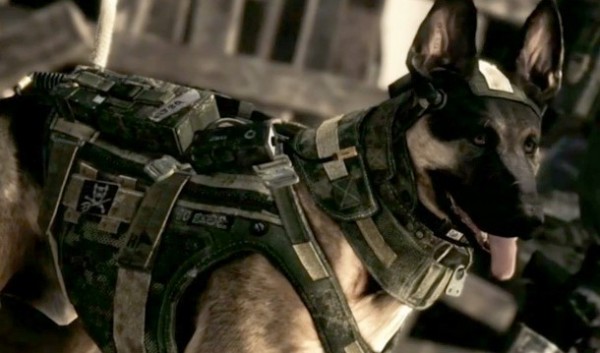
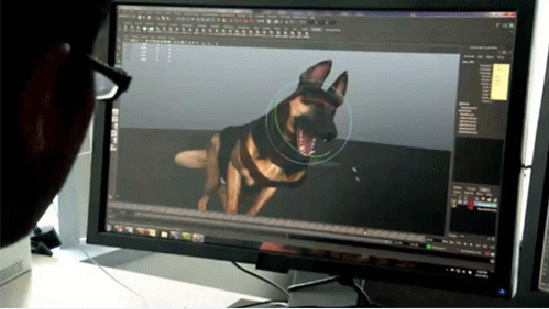
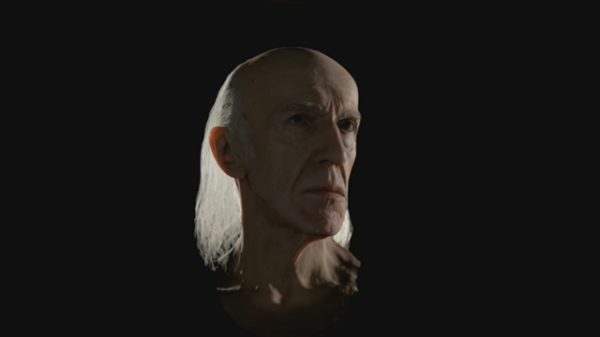
0 Comments
This post has been left all alone with no comments. Don't leave it lonesome - give it some company with a comment.